Commonly grown as an ornamental plant, bee balm is also valued for its medicinal properties. Go through this story for some information about bee balm tea and its health benefits.
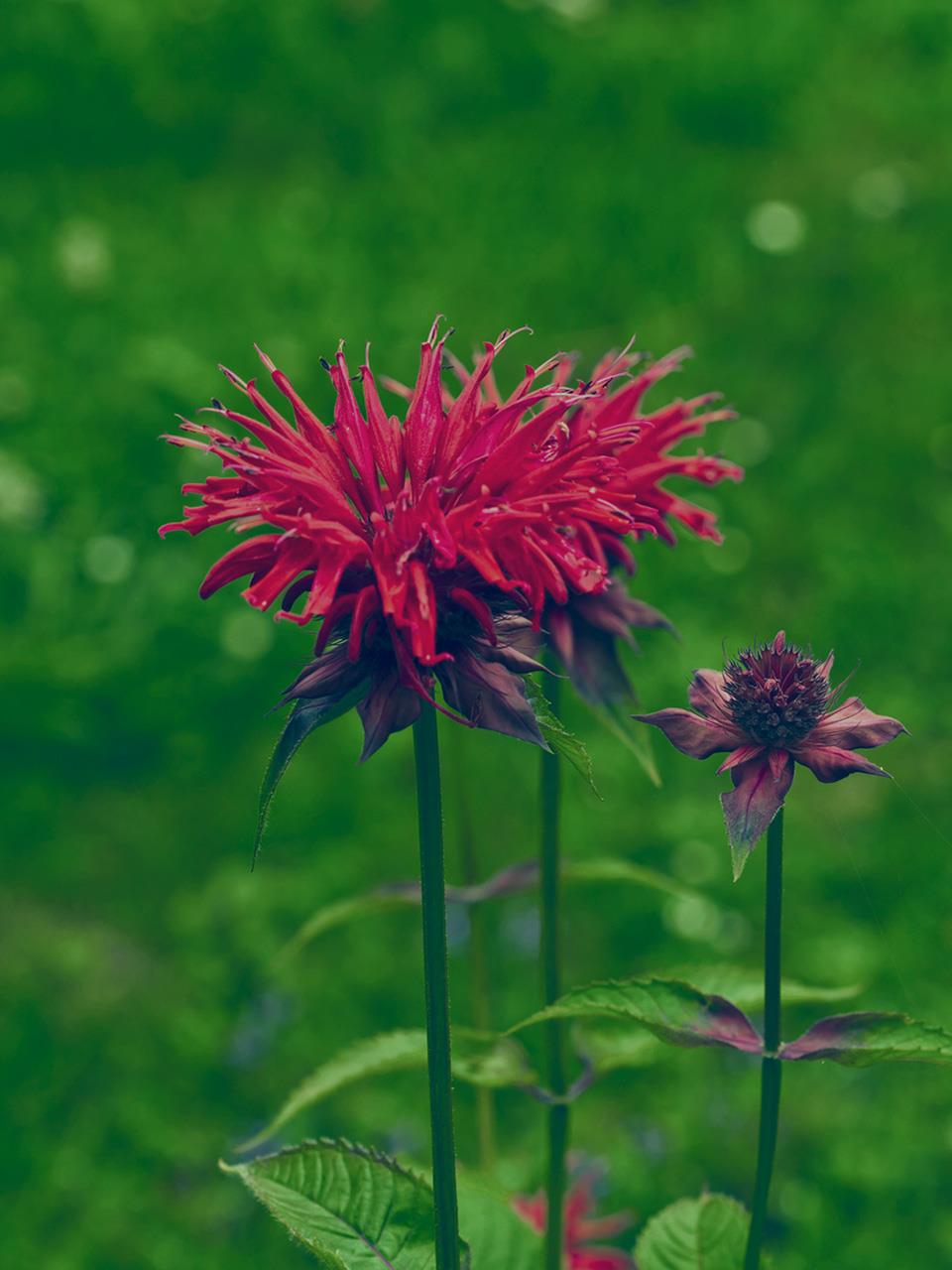
Tap to Read ➤
Bee Balm Tea
Sonia Nair


Commonly grown as an ornamental plant, bee balm is also valued for its medicinal properties. Go through this story for some information about bee balm tea and its health benefits.

You might have seen bee balm plants being grown for ornamental purposes. These plants produce bright tubular flowers that attract bees, butterflies, and hummingbirds. They belong to the genus Monarda in the family Lamiaceae (mint family).
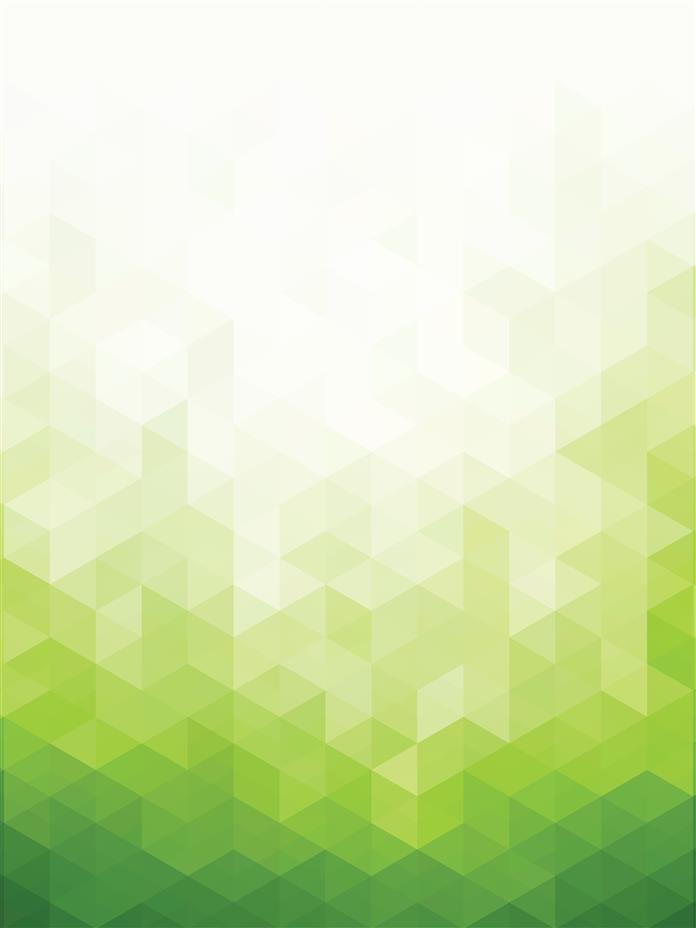
Even though they belong to the mint family, the leaves of these plants have a citrus smell. There are around 16 species of bee balm plants, and most of them, like Monarda fistulosa and Monarda didyma have been used by the Native Americans for medicinal purposes.
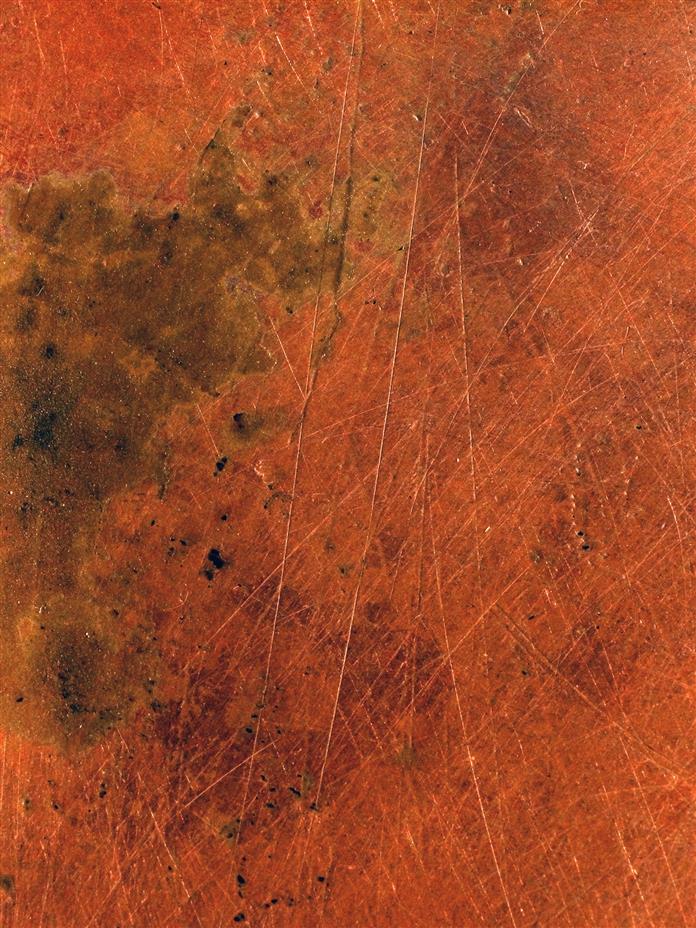
Bee Balm - The Plant
As mentioned above, there are 16 species of plants in the genus Monarda, and bee balm is the collective name used to denote them. They are also known by many other names, like horse mint, bergamot, oswego tea, etc.
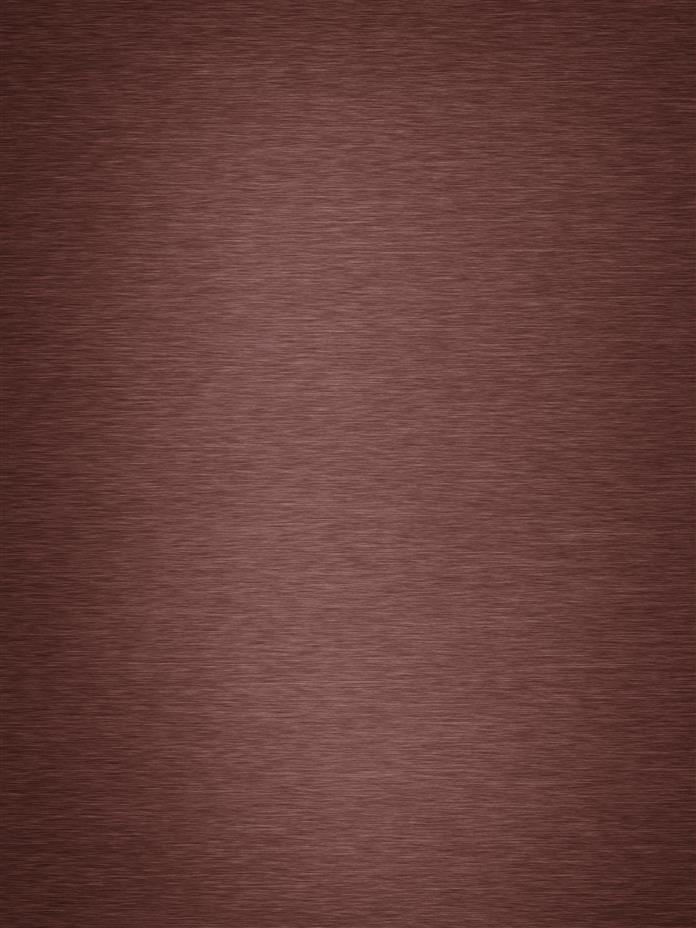
These plants are erect with thick, square stems that grow to a height of around one to three feet. Some of them may grow to a maximum height of five feet. The opposite leaves are slender, long and tapering, with pointed tips. The edges of these leaves are slightly serrated, and the surfaces are found to be smooth.
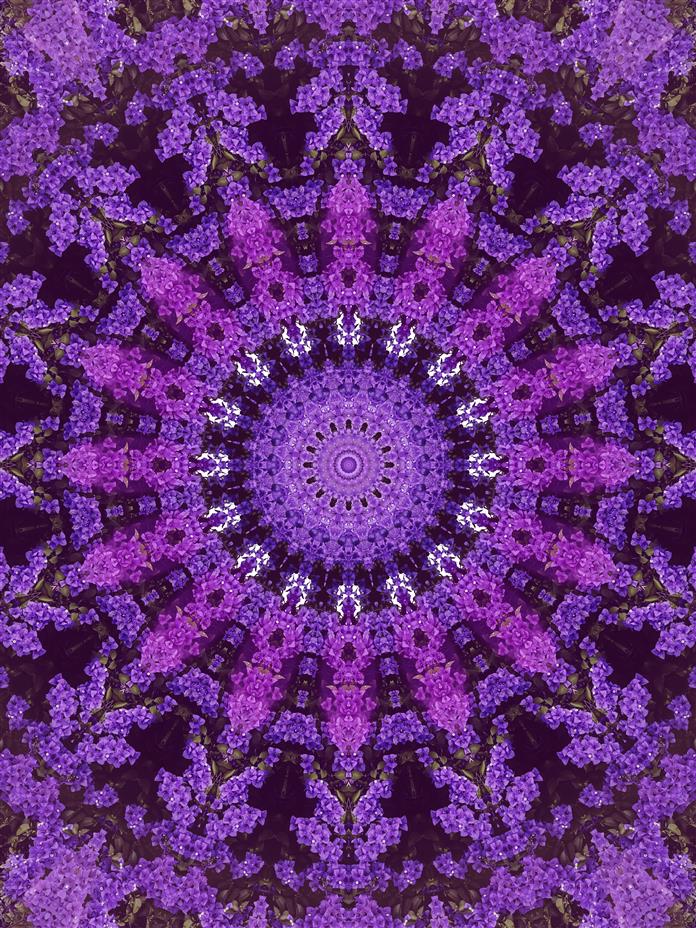
The terminal flowers of bee balm plants appear during late spring. Clusters of tubular flowers with two lips, are arranged on the flower heads.
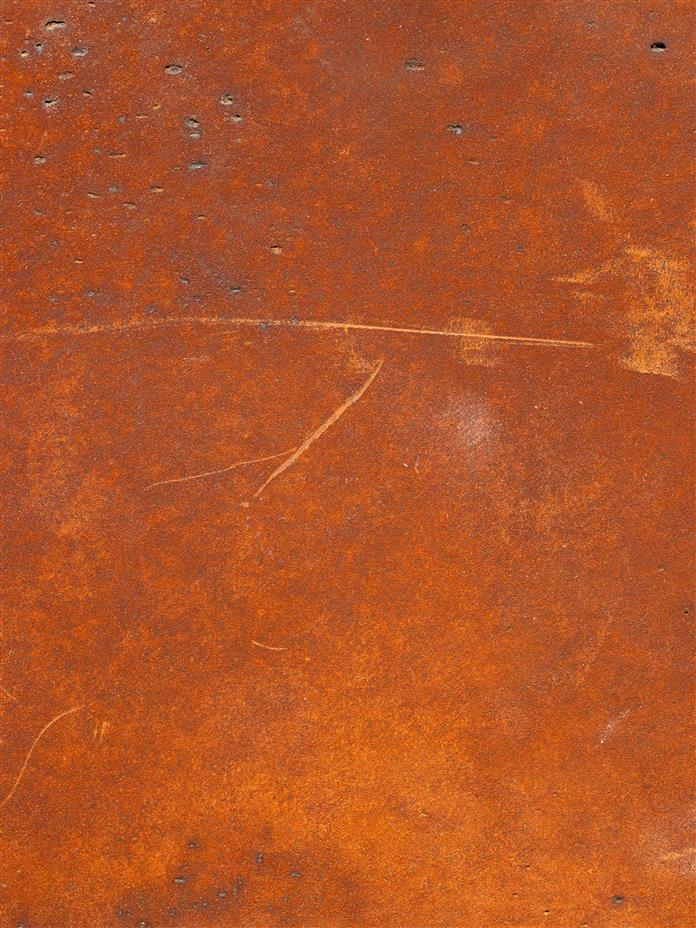
The flower color varies with different species, and Monarda didyma with scarlet flowers is one of the most popular bee balm plants. It is also highly valued for the highest concentration of aromatic oil. So it is commercially cultivated in large amounts. These plants are said to be useful in treating various ailments. So it is used in different forms, like herbal tea.

Bee Balm Tea Benefits
It is said that the native Americans used to crush the leaves of these plants, and apply them as poultices for healing wounds, and for treating certain types of skin infections. They used to prepare herbal tea with the leaves of these plants.
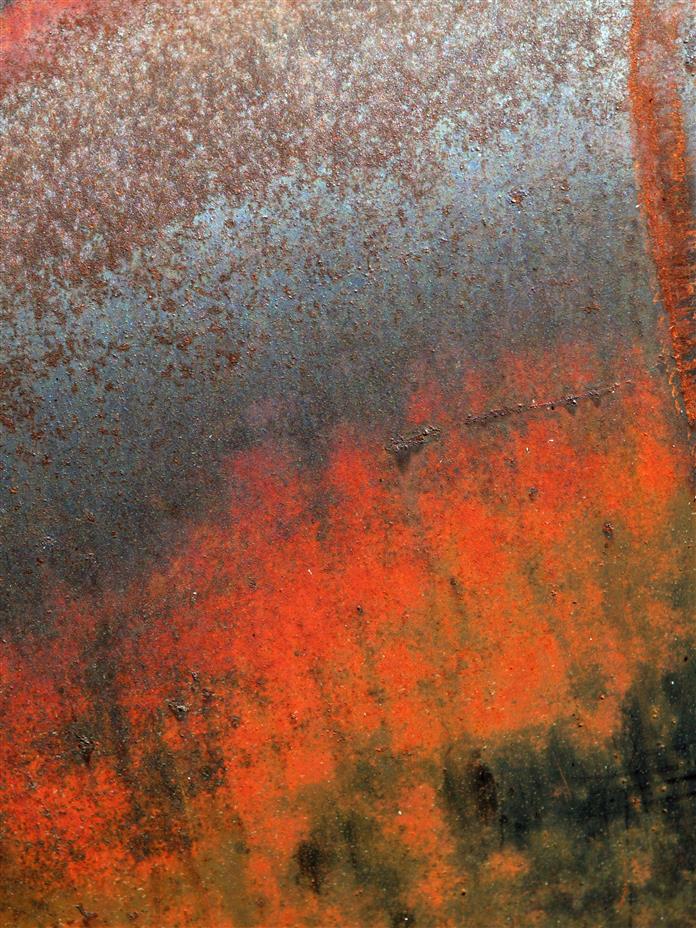
History says that during the colonial times, the American colonists opposed the extravagant tariffs charged on imported goods. They showed their protest by dumping imported English tea in the Boston harbor, and adopted bee balm tea as a replacement. However, the use of bee balm tea was not new for the Native Americans, for whom it was a remedy for certain medical conditions.
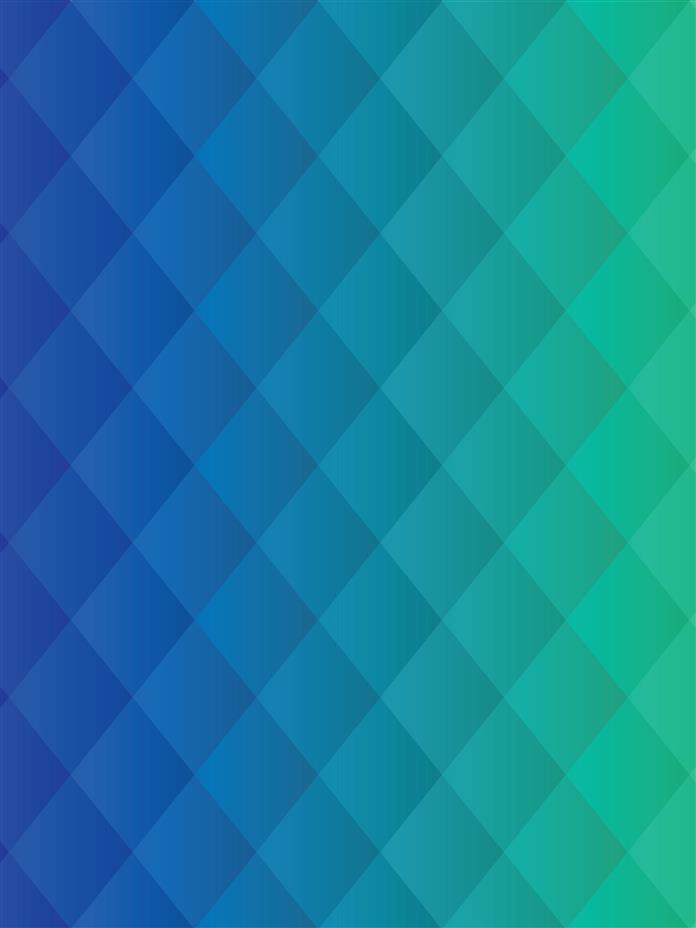
This herbal tea was used for treating oral diseases, like gingivitis, dental caries, other mouth infections, etc. Bee balm tea is also said to be effective in treating cold, headaches, fever, and throat infections. This tea is claimed to be beneficial for relief from bloating, flatulence, and colic, and for improving digestion and appetite.

It is also used for reducing menstrual cramps. Bee balm tea is said to be good for general health, and is also used as a stimulant. It is claimed to have a calming effect on nerves and so, the essential oil from this plant is commonly used in aromatherapy.

How to Make Bee Balm Tea
In order to prepare this herbal tea, you may use fresh or dried leaves and flowers of the bee balm plant. For making a cup of bee balm tea, you need a cup of boiling water, one tablespoon of fresh or dried bee balm herb (leaves and flowers), and a teapot or strainer.

All you have to do is place the herb in a tea strainer or tea ball and put it in the cup. Add boiling water to the cup, and allow the tea to steep for ten minutes.
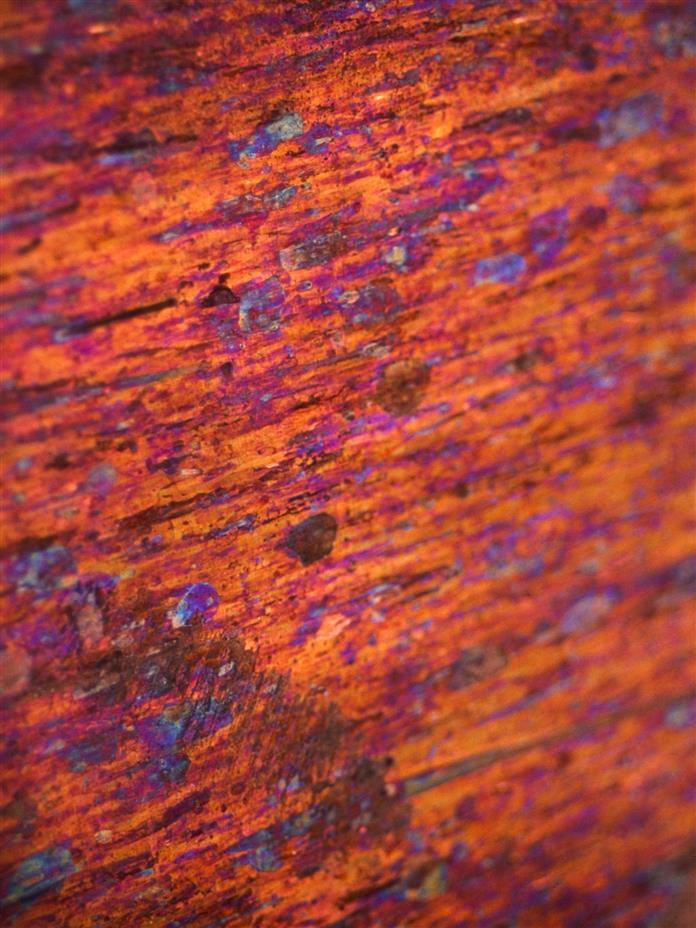
After that, remove the tea ball or strainer, and add any natural sweetener, like honey. You may also add the herb directly to the cup, before pouring boiling water. After ten minutes, strain the tea and add the sweetener. Use of sweetener is optional.

In short, bee balm tea is a refreshing herbal tea, which is claimed to have various health benefits. If you want to use this tea for treating any medical condition, it is always better to approach a qualified herbal practitioner. Follow his instructions regarding the dosage and duration of use.
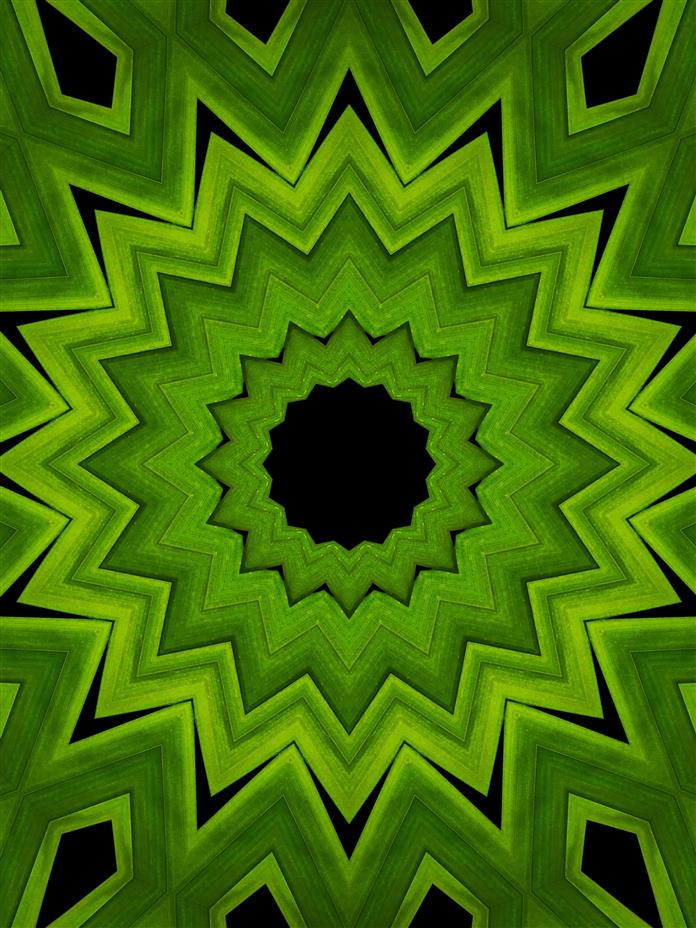
Even though it is a safe herb, pregnant women and those with thyroid problems must avoid using bee balm.

Disclaimer: This story is for informational purposes only, and should not be used as a replacement for expert advice.